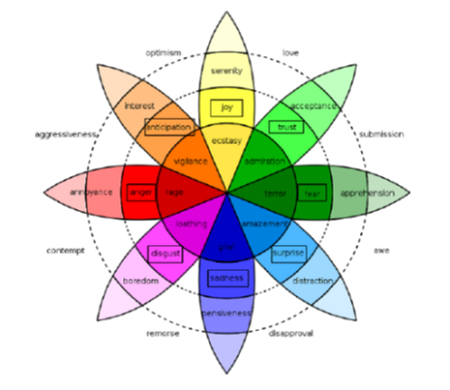


Indian Journal of Science and Technology
DOI: 10.17485/IJST/v14i31.1122
Year: 2021, Volume: 14, Issue: 31, Pages: 2542-2549
Original Article
Swarnangini Sinha1*, Kanak Saxena2, Nisheeth Joshi3
1Research Scholar, Department of Computer Science, Banasthali Vidyapith, Rajasthan, 304022, India
2Department of Computer Application, Samrat Ashok Technological Institute, Vidisha, 464001, Madhya Pradesh, India
3Department of Computer Science, Banasthali Vidyapith, Rajasthan, 304022, India
*Corresponding Author
Email: [email protected]
Received Date:17 June 2021, Accepted Date:24 July 2021, Published Date:22 September 2021
Objectives: With the growth of Social Media and the increasing use of English-Hindi (Hinglish) in linguistically diverse countries such as India, it is becoming increasingly important to analyse Hinglish-language content on Social Media platforms like Facebook. Prior sentiment and emotion analyses have only focused on single-label classification, ignoring the possibility of coexisting emotions within one instance. By analysing code-mixed Facebook status updates, the study aims to investigate multiple emotions. Method: 15,995 English-Hindi mixed Facebook status updates are annotated with emotions like joy, sadness, anger, fear, trust, disgust, surprise, anticipation, and love. Different pre-processing techniques are used to normalize the noisy data to produce more accurate results. We apply five different multi-level classification algorithms with word-level and character n-gram approaches to test the best classification results. Findings: The results of the experiment indicate that a status update can evoke multiple emotions rather than just one. Precision, recall, F1 score, and accuracy using both Micro and Macro averaging are used to evaluate the performance of different classifiers. As compared to other classification algorithms, the Classifier Chains algorithm with its 2-6-gram approach has the highest accuracy of 86% with a precision of 0.98. As compared to other classifiers, the Classifier Chains algorithm offered better results due to its ability to consider the correlations between class labels. Applications: The article focuses on the multi-label emotion classification task, which examines whether a Facebook status update shows none, one, or more of the nine emotions as outlined by Plutchik’s wheel of emotions. Considering the emotion of a text can support decision-making processes in various ways.
Keywords: Social Media; Emotion Analysis; Code-Mixed; MultiLabel 29 Classification; Emojis; Lexicons
© 2021 Sinha et al. This is an open-access article distributed under the terms of the Creative Commons Attribution License, which permits unrestricted use, distribution, and reproduction in any medium, provided the original author and source are credited. Published By Indian Society for Education and Environment (iSee)
Subscribe now for latest articles and news.